The challenge
Turbines, such as steam and gas turbines as well as turbo-jet-engines comprise a multitude of guide-wheels and running-wheels. The guide-wheels are rigidly connected to the casing of the turbine, while the running-wheels are connected to the shaft of the turbine. Between the inlet and the outlet of the casing pressure and velocity of a working fluid decreases while a torque is transmitted from the blade-wheels to the shaft. How can the torque be increased to improve the turbine's overall effectiveness?
The invention
The RES-Cascaded Turbine introduces one or several ring-shaped airfoils into the radial fan of a running-wheel. Within the turbine, the incoming flow provokes uplift at a ring-shaped airfoil of the running-wheel. From the uplift a tangential impulse and a suction-force is derived, causing torque on the shaft and suction at the inlet-opening of the turbine's casing.
The advantages
- Increasing the efficiency of a turbine by at least 25%
- Optimal running conditions of a steam turbine at lower gas pressure
- Improved stability for the guide wheel subject to bending, shear and torsion forces
- Improved stability for the running wheel subject to bending, shear and torsion forces
The applications
- Steam and gas turbines
- Thermo dynamical turbo-jet-engines
- Electrical turbo-jet-engines
- Cooling turbines
